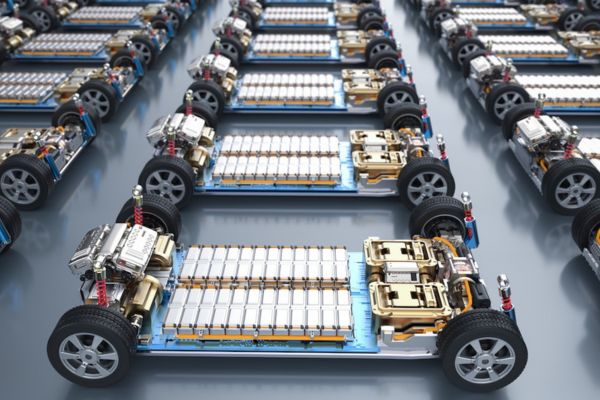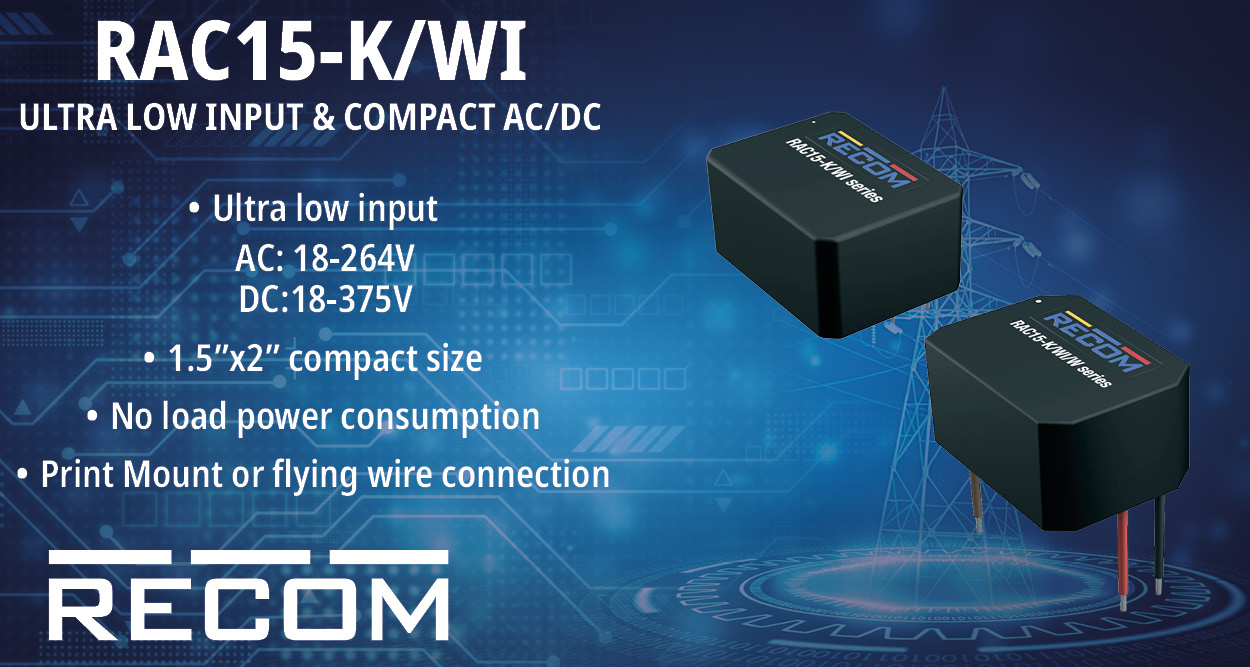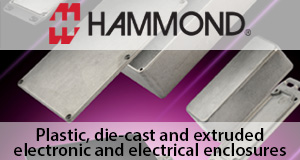The global electric vehicle battery market size reached USD 76.59 billion in 2024 and is projected to be worth around USD 739.31 billion by 2034 with a remarkable CAGR of 25.95% from 2025 to 2034.
Electric vehicle (EV) batteries, mainly lithium-ion, store and supply energy to power the motor and electronics. They consist of multiple cells grouped into modules, forming a battery pack. EV batteries offer high energy density and long life (8-15 years) but face challenges like limited range, slower charging, and potential degradation. Innovations like solid-state batteries aim to improve energy capacity, charging speed, and safety. Battery management systems (BMS) help maintain performance and longevity, while recycling and second-life uses are being explored to reduce environmental impact.
Electric Vehicle Battery Market Key Highlights
- Asia Pacific has held revenue share of around 40.42% in 2024.
- By battery type, lithium-ion battery segment has generated the highest market share of 65.24% in 2024.
- By li-ion battery component, seperator captured the largest market share of 32.62% in 2024.
- By vehicle type, commercial vehicles contributed the biggest market share of 54.10% in 2024.
- By propulsion, hybrid electric vehicle segment generated the major market share of 34.64% in 2024.
- By capacity, 50-110 kWh segment held the largest market share 32.25% revenue share in 2024.
- By material, manganese segment has held the largest market share of 25.90% in 2024.
- By battery form, pouch segment has generated the biggest market share of 43.14% in 2024.
Why Asia Pacific Dominated the Electric Vehicle Battery Market
The Asia Pacific region has emerged as a dominant player in the electric vehicle (EV) battery market, driven by significant market size, robust growth rates, and strategic regional advantages. In 2024, the Asia Pacific electric vehicle battery market size was valued at USD 22.06 billion. It is projected to witness unprecedented growth, reaching approximately USD 271.33 billion by 2034, with a remarkable CAGR of 26.20% from 2025 to 2034.
Major Contributing Countries
The dominance of the Asia Pacific region can be attributed to leading countries such as China, Japan, and South Korea, which are pivotal to the global EV battery landscape.
- China: As the largest market in the region, China’s EV battery market was valued at USD 8.81 billion in 2024. The country is set to grow at a CAGR of 26.91% from 2025 to 2034. China’s supremacy stems from its robust manufacturing capabilities, significant control over critical raw materials, and strategic government initiatives supporting electric mobility.
- Japan: Japan’s EV battery market, valued at USD 6.18 billion in 2024, is projected to grow at a CAGR of 26.39%. Japan’s focus on technological innovation, coupled with the presence of leading battery manufacturers like Panasonic, strengthens its position in the market.
- South Korea: Valued at USD 7.09 billion in 2024, the South Korean market is expanding at a CAGR of 26.14%. The country’s dominance is supported by industry leaders such as LG Energy Solution and Samsung SDI, known for their advanced battery technologies and partnerships with global automakers.
Strategic Factors Driving Dominance
Several factors contribute to the Asia Pacific region’s leadership in the EV battery market:
Manufacturing Capabilities: The region hosts some of the world’s largest battery manufacturers, including CATL, BYD, Panasonic, LG Chem, and Samsung SDI. These companies benefit from economies of scale and cutting-edge technologies.
Resource Availability: China’s control over crucial materials like lithium, cobalt, and graphite lowers production costs and ensures a steady supply chain.
Government Support: Policies promoting EV adoption, such as subsidies and mandates for automakers to produce electric cars, have significantly accelerated market growth. Countries like China, Japan, and South Korea have proactively developed policies that encourage both production and consumption of electric vehicles.
Rising Domestic Demand: The growing domestic markets in China, Japan, and South Korea create consistent demand, encouraging local production and innovation. This internal market growth fosters an environment conducive to sustainable expansion.
Technological Innovation: Investment in research and development, particularly in enhancing battery efficiency and reducing costs, positions the region at the forefront of the EV battery industry.
Electric Vehicle Battery Market Segmentation
Battery Type Outlook
The electric vehicle battery market is segmented based on battery types, which include Lead-Acid Battery, Lithium-ion Battery, Sodium-ion Battery, Nickel-Metal Hydride Battery, and Others. Among these, Lithium-ion batteries dominate the market due to their high energy density, longer cycle life, and lightweight properties. Lead-Acid batteries are traditionally used due to their cost-effectiveness and recyclability, but they are gradually being replaced by advanced technologies. Sodium-ion batteries are emerging as a promising alternative due to the abundance of sodium, while Nickel-Metal Hydride batteries are commonly used in hybrid electric vehicles. Other battery types include innovative and experimental battery technologies that are being developed to enhance performance and sustainability.
Global Electric Vehicle Battery Market Revenue, By Battery Type, 2022-2024 (USD Billion)
| By Battery Type | 2022 | 2023 | 2024 |
| Lead-Acid Battery | 7.57 | 9.08 | 10.99 |
| Lithium-ion Battery | 34.33 | 41.25 | 49.97 |
| Sodium-ion Battery | 5.02 | 5.98 | 7.18 |
| Nickel-Metal Hydride Battery | 3.25 | 3.87 | 4.64 |
| Others | 2.91 | 3.32 | 3.82 |
Vehicle Type Outlook
The market is also categorized by vehicle types, including Passenger Vehicles and Commercial Vehicles. Passenger vehicles form the largest segment, driven by the increasing adoption of electric cars for personal use, government incentives, and the shift towards sustainable transportation. Commercial vehicles, including buses, trucks, and delivery vans, are also witnessing growth, primarily driven by logistics companies aiming to reduce carbon emissions and operating costs.
Global Electric Vehicle Battery Market Revenue, By Vehicle Type, 2022-2024 (USD Billion)
| By Vehicle Type | 2022 | 2023 | 2024 |
| Passenger Vehicles | 23.26 | 28.49 | 35.16 |
| Commercial Vehicles | 29.82 | 35.02 | 41.43 |
Propulsion Outlook
Electric vehicles are further segmented based on propulsion into Battery Electric Vehicles (BEVs), Plug-in Hybrid Electric Vehicles (PHEVs), Hybrid Electric Vehicles (HEVs), and Fuel Cell Electric Vehicles (FCEVs). BEVs are entirely powered by electricity, offering zero-emission driving. PHEVs combine an internal combustion engine with an electric motor, allowing both fuel and electric charging. HEVs primarily rely on internal combustion but are supplemented by electric propulsion. FCEVs generate electricity using hydrogen fuel cells, offering extended ranges compared to conventional EVs.
Global Electric Vehicle Battery Market Revenue, By Propulsion, 2022-2024 (USD Billion)
| By Propulsion | 2022 | 2023 | 2024 |
| Battery Electric Vehicles | 12.01 | 14.46 | 17.56 |
| Plug-in Hybrid Electric Vehicle | 15.01 | 17.91 | 21.55 |
| Hybrid Electric Vehicle | 18.34 | 21.97 | 26.53 |
| Fuel Cell Electric Vehicle | 7.72 | 9.16 | 10.95 |
Li-ion Battery Component Outlook
Lithium-ion batteries, being the most prevalent type in EVs, are categorized based on components such as Positive Electrode, Negative Electrode, Electrolyte, and Separator. The positive electrode typically uses materials like lithium cobalt oxide, while the negative electrode is often made of graphite. The electrolyte facilitates ion transfer between electrodes, while the separator prevents direct contact between positive and negative electrodes, ensuring safety and efficiency.
Global Electric Vehicle Battery Market Revenue, By Li-ion Battery Component, 2022-2024 (USD Billion)
| By Li-ion Battery | 2022 | 2023 | 2024 |
| Positive Electrode | 6.28 | 7.50 | 9.04 |
| Negative Electrode | 7.23 | 8.67 | 10.49 |
| Electrolyte | 9.69 | 11.66 | 14.14 |
| Seperator | 11.13 | 13.42 | 16.30 |
Capacity Outlook
Battery capacity is a crucial factor in determining the range and performance of electric vehicles. The segmentation includes <50 kWh, 50-110 kWh, 111-200 kWh, 201-300 kWh, and >300 kWh. Lower capacity batteries are typically used in compact electric cars, while higher capacity batteries are preferred for SUVs, trucks, and commercial EVs to ensure extended driving ranges.
Global Electric Vehicle Battery Market Revenue, By Capacity, 2022-2024 (USD Billion)
| By Capacity | 2022 | 2023 | 2024 |
| <50kWh | 8.69 | 10.37 | 12.47 |
| 50-110 kWh | 17.10 | 20.47 | 24.70 |
| 111-200kWh | 10.66 | 12.73 | 15.32 |
| 201-300kWh | 9.17 | 11.06 | 13.44 |
| >300kWh | 7.46 | 8.88 | 10.66 |
Battery Form Outlook
Electric vehicle batteries come in various forms such as Prismatic, Cylindrical, and Pouch. Prismatic batteries are favored for their efficient use of space and high energy density. Cylindrical batteries are known for their durability and are commonly used in Tesla cars. Pouch batteries offer flexibility and a lightweight design, making them suitable for modern electric car architectures.
Global Electric Vehicle Battery Market Revenue, By Battery Form, 2022-2024 (USD Billion)
| By Battery Form | 2022 | 2023 | 2024 |
| Prismatic | 17.14 | 20.53 | 24.80 |
| Pouch | 22.78 | 27.32 | 33.04 |
| Cylindrical | 13.17 | 15.65 | 18.75 |
Materials used in EV batteries include Lithium, Cobalt, Manganese, and Natural Graphite. Lithium is essential due to its lightweight and high electrochemical potential. Cobalt enhances energy density and stability, while Manganese improves battery safety and lifespan. Natural Graphite is used in the negative electrode to ensure efficient energy transfer and storage.
Global Electric Vehicle Battery Market Revenue, By Material, 2022-2024 (USD Billion)
| By Material | 2022 | 2023 | 2024 |
| Lithium | 18.32 | 22.02 | 26.66 |
| Cobalt | 12.88 | 15.45 | 18.68 |
| Manganese | 13.80 | 16.48 | 19.84 |
| Natural Graphite | 8.07 | 9.56 | 11.41 |
Electric Vehicle Battery Market Companies
- Hitachi, LTD.
- Sony Group Corporation
- ATLASBX Co. Ltd.
- Zhejiang Narada Power Sour
- BB Battery Co.
- Panasonic Energy Co., Ltd.
- Narada Power Source Co., Ltd.
- Robert Bosch LLC
- Crown Battery
- EnerSys, Inc.
- GS Yuasa Corporation
Electric Vehicle Battery Recent Activities
CATL’s Expansion in Europe
Chinese battery manufacturer CATL is capitalizing on the bankruptcy of European startup Northvolt to strengthen its presence in Europe. CATL is constructing plants in Germany, Hungary, and Spain, aiming to localize production and integrate within the European market. Plans include building a battery recycling network through partnerships with local firms
CATL and Sinopec’s Battery Swap Stations
CATL has partnered with China’s state-owned oil company Sinopec to build 10,000 battery swap stations. The collaboration plans to establish at least 500 stations within the current year, utilizing CATL’s “choco-swap” technology to address range limitations in passenger vehicles and heavy-duty trucks.
BYD’s Superfast Charging Platform
BYD has unveiled its Super e-Platform, capable of adding 470 km of range with just a 5-minute charge. This breakthrough in fast-charging technology positions BYD ahead of competitors, addressing consumer concerns about charging time and range anxiety
Immediate Delivery Available | Buy This Premium Research Report@: https://www.precedenceresearch.com/checkout/1626

















